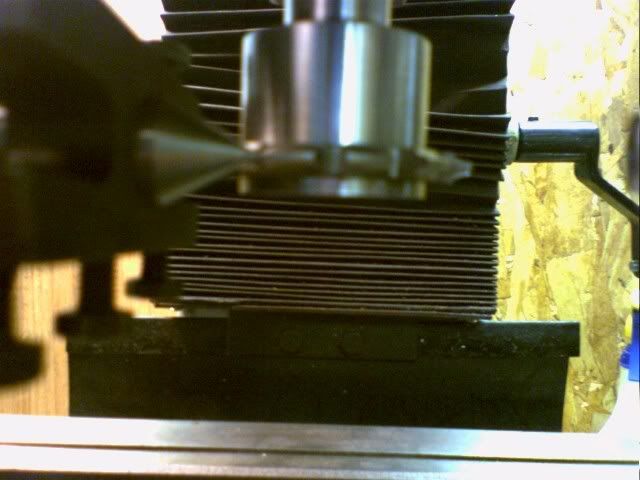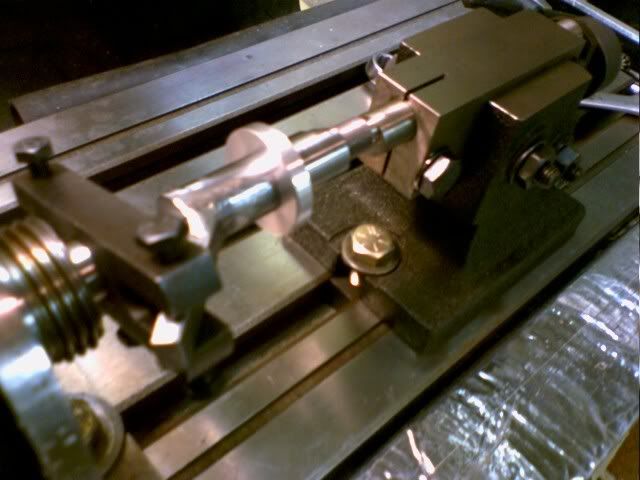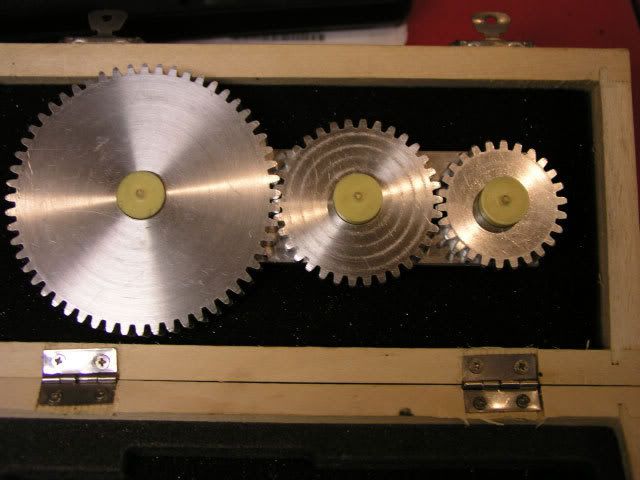I am going to make a set of metric change gears for my 15" Leblond. I am looking for advice about cutting gears using an involute cutter and a dividing head. The machine work is no big deal, but I am looking for tips, hints, or cautions about gears that don't show up in books.
The gears are 14DP, 14 1/2 pressure angle. I have a photo of the threading chart LeBlond used on an inch/metric the same as mine. My lathe uses a 120 tooth idler now, so my metric change will be a 127/120 compound. I have the #3 cutter, I still have to find the #2.
The gears are 14DP, 14 1/2 pressure angle. I have a photo of the threading chart LeBlond used on an inch/metric the same as mine. My lathe uses a 120 tooth idler now, so my metric change will be a 127/120 compound. I have the #3 cutter, I still have to find the #2.





